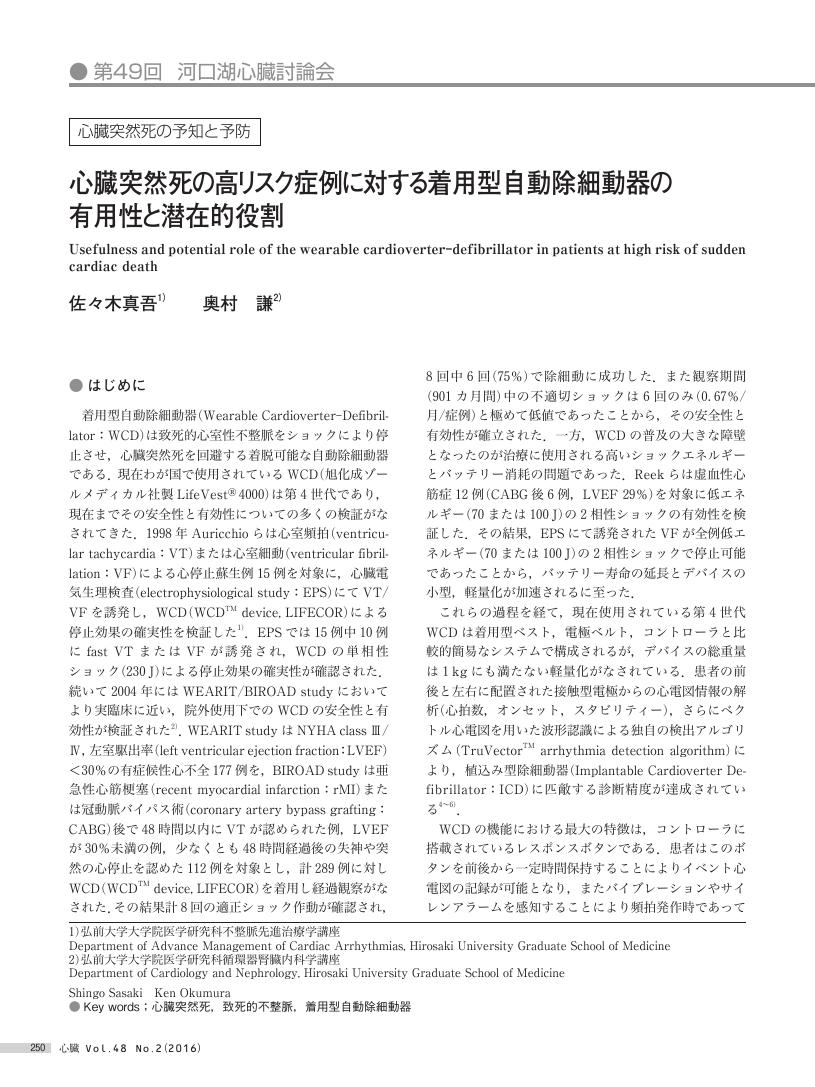1 0 0 0 OA 質問の仕方と出来事内の重要度の違いが想記に及ぼす影響:「だいたい」と「正確」
- 著者
- 佐々木 真吾 仲 真紀子
- 出版者
- 一般社団法人 日本発達心理学会
- 雑誌
- 発達心理学研究 (ISSN:09159029)
- 巻号頁・発行日
- vol.31, no.3, pp.118-129, 2020 (Released:2022-09-20)
- 参考文献数
- 38
本研究では,小学1年生62名と4年生58名,大学生60名を対象に,出来事の想起における,「だいたいでよいので教えて下さい」と「できるだけ正確に教えて下さい」という異なる質の報告を求める教示の効果を検討した。実験では,小学校生活で体験する出来事を口頭で提示し,「だいたい(概ね教示)」「正確(正確教示)」の教示で想起を求めた。研究1では両教示をそれぞれ個別に(参加者間要因),研究2では両教示を対比した状況で実施し(参加者内要因),想起の文脈の効果を検討した。その結果,教示が個別に行われる場合,正確教示では,重要度の高い情報が多く報告され,一方で概ね教示では重要度の低い情報の報告が控えられた。さらに,教示が対比されて行われる場合,正確教示では,重要度の高い情報が逐語的に報告されるようになり,概ね教示では重要度が中程度の情報も控えられるようになった。ただし,概ね教示の効果には年齢差があり,児童は大学生に比べて情報を控えることが困難であった。以上の結果から,出来事の想起における正確教示,概ね教示は,想起の文脈によりその解釈が変化し,情報量のコントロールを導いたり,情報の詳細さのコントロールを導いたりすることが示唆された。これらをふまえ,子どもから正確で詳細な情報を得るための司法面接への応用的示唆を考察した。
1 0 0 0 OA 褒めるか叱るか曖昧な状況での親の養育態度がレジリエンスと保育観の発達に及ぼす影響
- 著者
- 佐々木 真吾
- 出版者
- 名古屋女子大学
- 雑誌
- 名古屋女子大学紀要. 家政・自然編, 人文・社会編 = Journal of Nagoya women's University (ISSN:21857962)
- 巻号頁・発行日
- no.67, pp.35-43, 2021-03-10
子どもの行動に良い面と悪い面が存在するなど、子育ての場面では子どもを褒めるか叱るか曖昧な状況が数多く存在する。本研究では、褒めるか叱るか曖昧な状況での親の養育態度がレジリエンスと保育観の発達に及ぼす影響を検討した。大学生を対象に、子ども期の曖昧な状況での親の対応を、どの程度褒められたか、叱られたかという観点から回想してもらい、レジリエンス尺度および保育観尺度との関連を調査した。その結果、レジリエンスの合計点は、褒められることが多く叱られることが少ないと回答した者で、褒められることが少なく叱られることが多いと回答した者よりも高かった。同様に、レジリエンスの下位尺度である内面共有性、内省性の得点も、褒められることが多く叱られることが少ない者で高かった。また、子どもと対等に関わることを重視する協調的保育観は、褒められることが多く叱られることが少ない者で、褒められることが少なく叱られることが多い者よりも高かった。以上の結果から、褒めるか叱るか曖昧な状況では、子どものポジティブな側面を見いだして褒めることが、レジリエンスや保育観といった情緒・社会性の発達を促進することが示唆された。
1 0 0 0 OA 心臓突然死の高リスク症例に対する着用型自動除細動器の有用性と潜在的役割
- 著者
- 佐々木 真吾 奥村 謙
- 出版者
- 公益財団法人 日本心臓財団
- 雑誌
- 心臓 (ISSN:05864488)
- 巻号頁・発行日
- vol.48, no.2, pp.250-259, 2016 (Released:2017-02-15)
- 参考文献数
- 8
1 0 0 0 心臓突然死の予知と予防法のガイドライン
- 著者
- 相澤 義房 井上 博 大江 透 小川 聡 奥村 謙 笠貫 宏 加藤 貴雄 鎌倉 史朗 古賀 義則 原田 研介 堀江 稔 松崎 益徳 三崎 拓郎 三田村 秀雄 山口 巖 吉永 正夫 池田 隆徳 伊藤 誠 江森 哲朗 久賀 圭介 児玉 逸雄 佐々木 真吾 清水 昭彦 清水 渉 住友 直方 高月 誠司 池主 雅臣 新田 隆 庭野 慎一 野原 隆司 藤木 明 松田 直樹 宮本 哲也 村川 裕二 鷲塚 隆 杉本 恒明 中澤 誠 堀 正二 山口 徹
- 出版者
- 社団法人日本循環器学会
- 雑誌
- Circulation journal : official journal of the Japanese Circulation Society (ISSN:13469843)
- 巻号頁・発行日
- vol.69, pp.1209-1252, 2005-11-20
- 参考文献数
- 528
- 被引用文献数
- 6
1 0 0 0 OA 19) 急性好酸球性心筋炎の1例(第146回日本循環器学会東北地方会)
- 著者
- 大和田 真玄 祐川 誉徳 伊藤 太平 佐々木 憲一 堀内 大輔 佐々木 真吾 奥村 謙
- 出版者
- Japan Heart Foundation
- 雑誌
- 心臓 (ISSN:05864488)
- 巻号頁・発行日
- vol.42, no.4, pp.S4_190-S4_194, 2010
症例は37歳, 男性. 35歳時, 夜間入眠中に心室細動(VF)による心停止から蘇生されて当院に搬送された. 受診時の心電図は正常であったが, ピルジカイニド負荷にてtype 1のBrugada型心電図が検出され, Brugada症候群と診断し植込み型除細動器(ICD)植え込み術が行われた. 植え込み後1年半経過した後, 1回のICD適切作動と2回の不適切作動が確認された. 不適切作動は2回とも自転車に乗っている時で, ICDテレメトリーではT波oversensing(TOS)に起因するダブルカウントが確認された. 運動負荷試験では負荷終了後の回復期にtype 2のBrugada型心電図を来し, 同時にTOSが捉えられた. β遮断薬は投与しづらく, またICDの感度調整でもTOSを予防できず, 他社製ICDに変更し, 心室リードを追加した. その後は運動負荷でもTOSが発生しないことが確認された. Brugada症候群ではしばしばTOSによる不適切作動が問題となる. デバイスの選択やリード留置部位を決定する際には, 一層の注意が必要であると考えられた.
1 0 0 0 OA 異なる詳細さで報告するスキルの発達──だいたいと正確──
- 著者
- 佐々木 真吾 仲 真紀子
- 出版者
- 公益社団法人 日本心理学会
- 雑誌
- 心理学研究 (ISSN:00215236)
- 巻号頁・発行日
- vol.84, no.6, pp.585-595, 2014-02-25 (Released:2014-04-15)
- 参考文献数
- 42
This study examined the development of skills to report with different levels of exactness. A total of 62 first-grade children and 58 fourth-grade children were asked about numbers and lengths (numeral tasks) and colors and positions of objects (nominal tasks) with instructions suggesting different levels of exactness, “roughly” or “exactly”. In Study 1, the instructions were given as a between-subjects factor. The results showed that when the “roughly” instruction was given, participants gave approximate answers more frequently than when the “exactly” instruction was given especially in the numeral tasks, and older children did so more frequently than younger children. In Study 2, the instructions were given as a within-subjects factor: a half of participants were given “roughly” and then “exactly” instructions, and the others were given the instructions in the opposite order. The results showed that younger children could change the levels of answers depending on instruction in the numeral tasks but not in the nominal tasks, whereas older children could do so in both tasks. The results suggest that the skills for reporting with different levels of exactness are related not only to cognitive development, but also to the linguistic context, such as the tasks and instructions.
1 0 0 0 異なる詳細さで報告するスキルの発達──だいたいと正確──
- 著者
- 佐々木 真吾 仲 真紀子
- 出版者
- 公益社団法人 日本心理学会
- 雑誌
- 心理学研究 (ISSN:00215236)
- 巻号頁・発行日
- vol.84, no.6, pp.585-595, 2014
This study examined the development of skills to report with different levels of exactness. A total of 62 first-grade children and 58 fourth-grade children were asked about numbers and lengths (numeral tasks) and colors and positions of objects (nominal tasks) with instructions suggesting different levels of exactness, "roughly" or "exactly". In Study 1, the instructions were given as a between-subjects factor. The results showed that when the "roughly" instruction was given, participants gave approximate answers more frequently than when the "exactly" instruction was given especially in the numeral tasks, and older children did so more frequently than younger children. In Study 2, the instructions were given as a within-subjects factor: a half of participants were given "roughly" and then "exactly" instructions, and the others were given the instructions in the opposite order. The results showed that younger children could change the levels of answers depending on instruction in the numeral tasks but not in the nominal tasks, whereas older children could do so in both tasks. The results suggest that the skills for reporting with different levels of exactness are related not only to cognitive development, but also to the linguistic context, such as the tasks and instructions.

